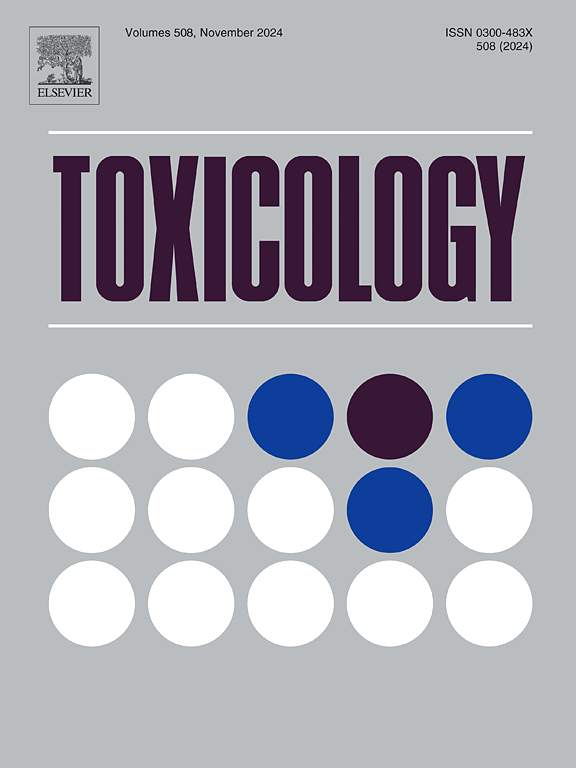邻苯二甲酸盐引起肾毒性的分子机制。
IF 4.6
3区 医学
Q1 PHARMACOLOGY & PHARMACY
引用次数: 0
摘要
邻苯二甲酸盐是最常见的环境有毒物质,添加到塑料中以提高其弹性和延伸性。含有PAEs的不同产品,如邻苯二甲酸二(2-乙基己基)酯(DEHP)、邻苯二甲酸二丁酯(DBP)等,包括婴儿玩具、个人护理用品、包装材料和医药产品。在加工、运输和制备过程中,这些化学物质会渗入食品和饮料中。尽管具有商业优势,邻苯二甲酸酯已显示出多器官毒性,包括肾毒性。邻苯二甲酸盐暴露可导致肾组织的形态和功能改变。这些邻苯二甲酸盐中毒可通过多种信号通路增加肾毒性的风险,包括铁下垂、氧化应激、炎症、线粒体和DNA损伤相关通路。本文旨在概述最近的体内和流行病学研究,以加深对不同邻苯二甲酸盐引起肾毒性的潜在分子机制的认识。此外,本文还讨论了各种药物干预措施,为预防和治疗邻苯二甲酸盐引起的肾损害提供科学依据。本文章由计算机程序翻译,如有差异,请以英文原文为准。
Insights into the molecular mechanisms underlying phthalates-induced nephrotoxicity
Phthalates are the most common environmental toxicants that are added to plastics to improve their elasticity and extensibility. Different products such as baby toys, personal care products, packaging materials and pharmaceutical products contain various phthalates like Di-(2-ethylhexyl) phthalate (DEHP), Dibutyl phthalate (DBP), etc. During processing, transportation and preparation, these phthalates can leach out into food and drinks. Despite their commercial advantages, phthalates have shown multi-organ toxicity, including nephrotoxicity. Phthalates exposure can lead to morphological as well as functional alterations in renal tissues. Intoxication to these phthalates can increase the risk of nephrotoxicity through various signaling pathways, including ferroptosis, oxidative stress, inflammatory, mitochondrial and DNA damage-associated pathways. This review aims to outline recent in-vivo and epidemiological studies to deepen the knowledge on underlying molecular mechanisms of nephrotoxicity caused by different phthalates. Moreover, various pharmacological interventions have also been discussed in this review, which serve as the scientific basis for the prevention and treatment of the Phthalates-induced kidney damage.
求助全文
通过发布文献求助,成功后即可免费获取论文全文。
去求助
来源期刊

Toxicology
医学-毒理学
CiteScore
7.80
自引率
4.40%
发文量
222
审稿时长
23 days
期刊介绍:
Toxicology is an international, peer-reviewed journal that publishes only the highest quality original scientific research and critical reviews describing hypothesis-based investigations into mechanisms of toxicity associated with exposures to xenobiotic chemicals, particularly as it relates to human health. In this respect "mechanisms" is defined on both the macro (e.g. physiological, biological, kinetic, species, sex, etc.) and molecular (genomic, transcriptomic, metabolic, etc.) scale. Emphasis is placed on findings that identify novel hazards and that can be extrapolated to exposures and mechanisms that are relevant to estimating human risk. Toxicology also publishes brief communications, personal commentaries and opinion articles, as well as concise expert reviews on contemporary topics. All research and review articles published in Toxicology are subject to rigorous peer review. Authors are asked to contact the Editor-in-Chief prior to submitting review articles or commentaries for consideration for publication in Toxicology.
 求助内容:
求助内容: 应助结果提醒方式:
应助结果提醒方式:


